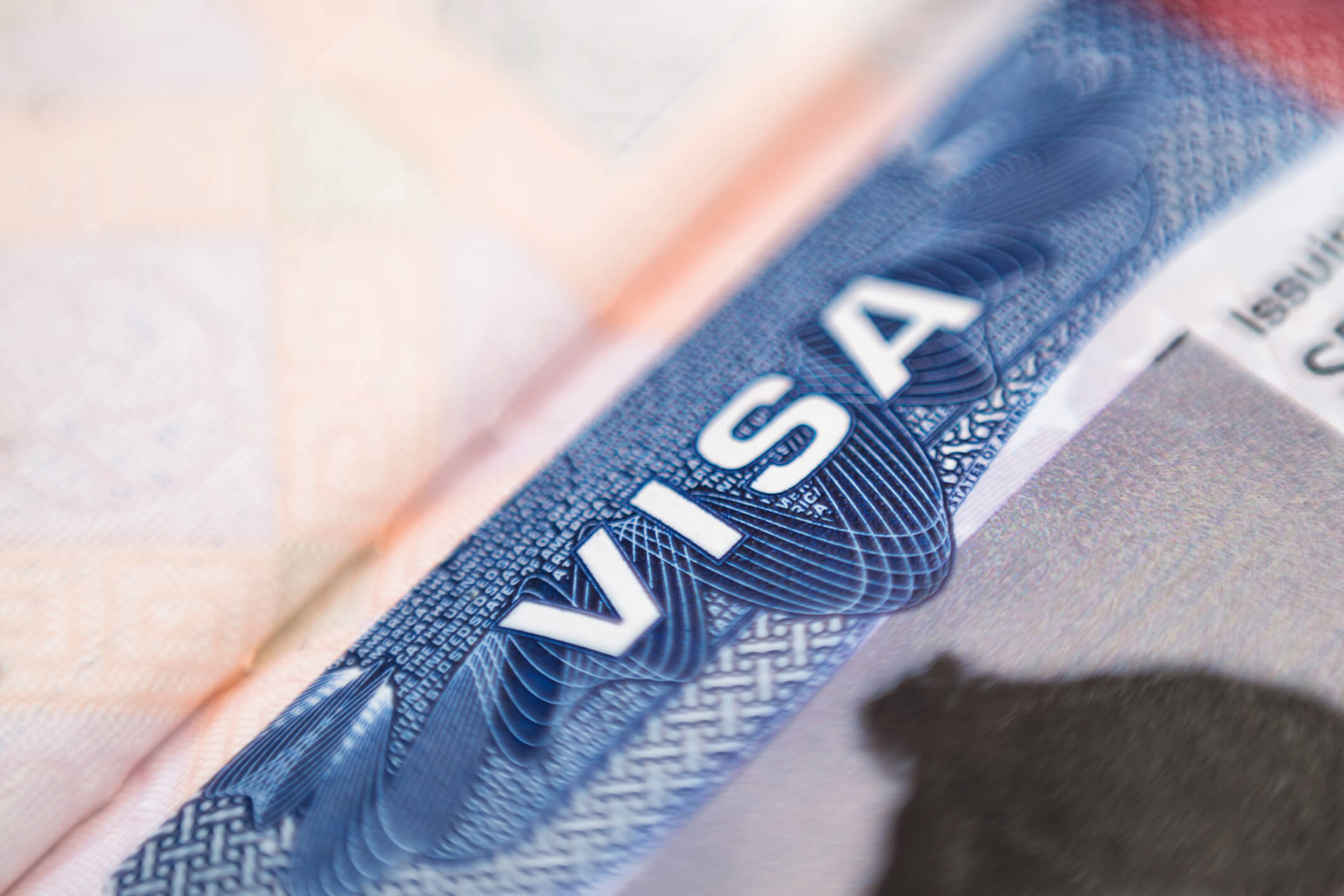The world of immigration compliance continues to be a moving target for employers. In recent months, stricter state and federal government compliance provisions have been initiated, though the implementation of several of these measures has been delayed. A new Employment Eligibility Verification Form (Form I-9) was finalized in December, and then implementation was delayed from February to April (see the January 2009 issue of the Immigration eAuthority). A regulation requiring certain federal contractors to use E-Verify was published in November and then delayed twice and now is scheduled to be effective on May 21 (see Ogletree Deakins’ November 14, 2008 E-Alert). Several states have acted to require employers to use E-Verify, the Internet-based system operated by U.S. Citizenship and Immigration Services (USCIS) in partnership with the Social Security Administration that allows participating employers to electronically verify the employment eligibility of newly-hired employees. Arizona requires all employers to use E-Verify, while the other states typically require certain employers with state government contracts to use the electronic verification system.
While monitoring reports concerning the future of immigration compliance, one can reasonably expect that E-Verify will continue to exist and mandatory use of the program may be expanded. In addition, one might expect to see the continuation of worksite enforcement, including raids. E-Verify laws are likely to be considered by more state legislatures and courts may review the validity of such laws. Among the recent news reports:
- During her confirmation process, Department of Homeland Security (DHS) Secretary Janet Napolitano indicated she will support worksite enforcement activities that focus on unscrupulous employers.
- Michael Aytes, USCIS Acting Deputy Director, has indicated that, in addition to improving E-Verify accuracy, compliance reviews of employers using E-Verify are likely in 2009.
- U.S. Immigration and Customs Enforcement (ICE) agents arrested 11 individuals in seven states in mid-February as part of an investigation into suspected H-1B visa fraud. (For more information, see the ICE press release.)
- Extended authorization for E-Verify through September 30 (the end of the government’s fiscal year) was included in the recent 2009 Omnibus Appropriations Bill. In addition, the Obama Administration’s 2010 budget outline included $110 million in continued funding for E-Verify.
- The Texas Attorney General issued an opinion letter indicating that the Texas legislature could lawfully seek to pass legislation that mirrored the Arizona E-Verify law and it would likely be deemed constitutional based on the Ninth Circuit decision upholding the Arizona law. (For more information on the Arizona law, see the September 2008 issue of the Immigration eAuthority.) However, it has been reported that certain business groups may seek to have the U.S. Supreme Court review the decision following the Ninth Circuit’s refusal to rehear the case. Two other circuit courts are reviewing decisions of district courts which found related laws unconstitutional and, should those decisions be upheld, there is a greater likelihood that the Supreme Court will resolve the conflict between the circuits.
- On March 12, a federal court ruled that the Illinois law purporting to prohibit employers from enrolling in E-Verify is invalid under the Supremacy Clause of the U.S. Constitution. The court indicated that the law frustrated Congress’ purpose by preventing Illinois employers from participating in the program. In contrast and as noted above, the Ninth Circuit concluded that the fact Congress made E-Verify voluntary did not prevent the state of Arizona from passing a law requiring employer participation. Time will tell whether this apparent inconsistency will survive further judicial review.
Ogletree Deakins will continue to monitor immigration compliance developments and report them in upcoming editions of the Immigration eAuthority.
Note: This article was published in the March 2009 issue of the Immigration eAuthority.



